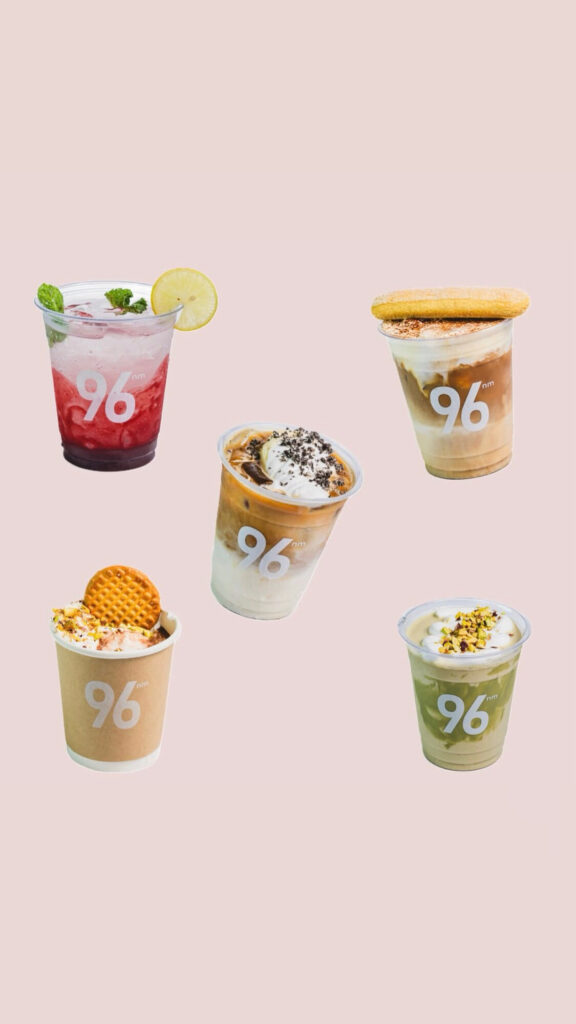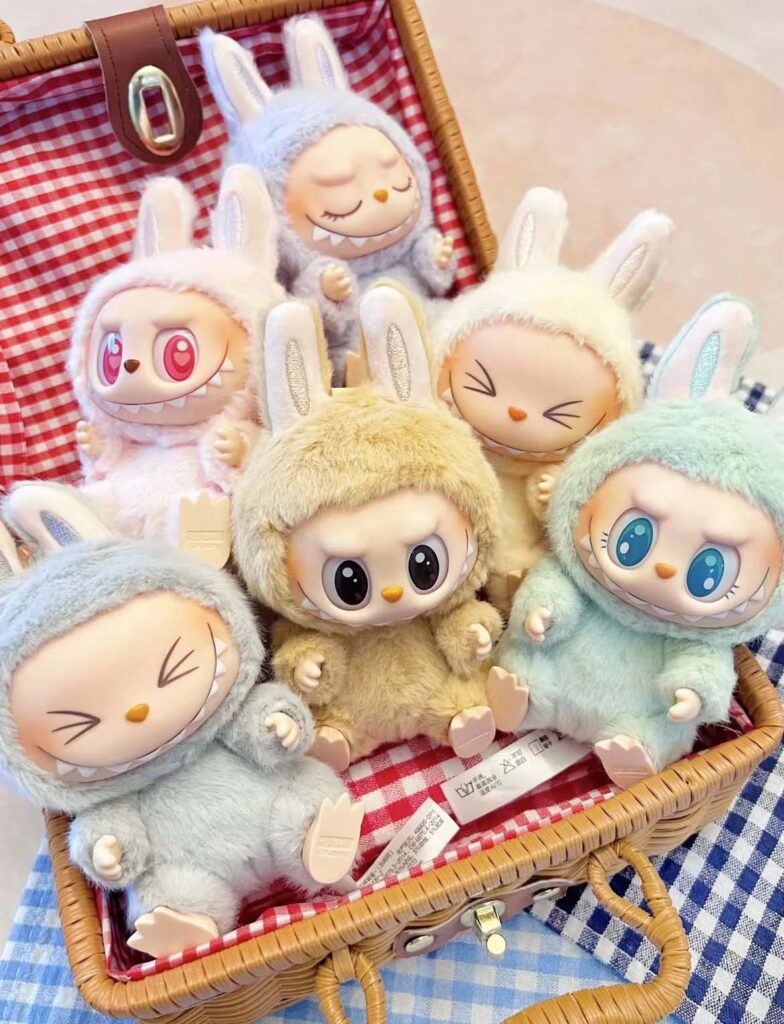By: Natalia Chawla
With the sudden rise of coffee shops in Karachi, with one opening after the other, there’s no shortage of options. From cozy corners perfect for studying to aesthetically designed spaces ideal for social media snaps, Karachi’s coffee shops have it all. This rapid growth has led to fierce competition, making it even more exciting for coffee lovers to explore and discover new favorites. While the choices can be overwhelming, there are certain standout spots that consistently deliver on quality, ambiance, and innovation—making them absolute must-visits for both casual sippers and true coffee enthusiasts.
Here are the top 5 coffee places in Karachi that you probably haven’t tried:
5. 96nm
You’ve probably already seen 96nm all over your Instagram feed—and for good reason. Created by Neha and Mahnoor, this coffee spot is known for its extravagant presentation and bold flavor offerings, introducing Karachi to drinks it’s never seen before. With options like the Cinnamon Roll Latte, Kinder Bueno Latte, and Milano Tiramisù Latte, 96nm has carved out its own niche. While their prices range between Rs.700 and Rs.800, the visual experience and flavor innovation more than justify the cost.

4. Froth
This purple-themed café offers a wide variety of not only coffee but also matcha and snacks. Known for its unique latte and frappe flavors, Froth delivers great value, with prices ranging from just Rs.500 to Rs.800. Some of their standout flavors include Butterscotch, Lavender, Choco Mint, and Cotton Candy. What truly sets Froth apart, however, is its snack menu—far more creative than your average coffee spot—with treats like mini pancakes, chocolate trios, and their famously delicious banana bread.

3. Sync
The newest coffee shop taking the city by storm, Sync is gaining attention fast—and it’s easy to see why. Offering a wide selection of drinks, most of which are priced at Rs.700, Sync brings dessert-inspired coffees to life. Signature flavors like Iced New York Cheesecake Latte and Iced Sea Salt Latte have quickly become crowd favorites. While their snack menu may be limited in size, it makes up for it with top-tier quality.

2. Mondo
Coffee served in transparent cans? That’s Mondo’s signature move—and it’s turning heads across Karachi. While their presentation is trendy, the coffee itself lives up to the hype. Mondo sticks to classic flavors but elevates them to a whole new level. Even better, it’s budget-friendly, with most drinks priced around Rs.600. Beyond coffee, Mondo also excels in food—offering an extensive breakfast menu, pastas, sandwiches, croissants, and even their famous mojitos.

1. Luna
Luna’s space-themed ambiance is unlike anything else in Karachi, making it one of the city’s most Instagram-worthy cafés. From creative drink presentations to a wide variety of customizable options, Luna ensures there’s always something new to try. Their menu goes beyond drinks, featuring a delicious range of breakfast items, sandwiches, and bagels. But the real stars are their desserts—especially the Pistachio Kunafa Tart, a personal favorite. While slightly pricier than others, Luna is absolutely worth the splurge








